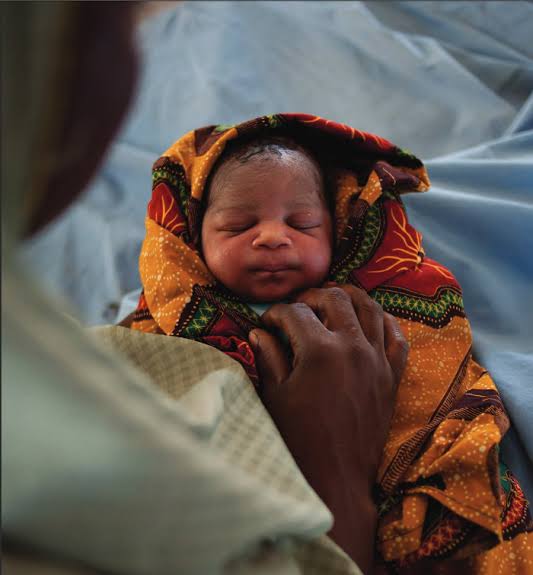The global fight against child mortality has seen significant progress over the years, but recent developments threaten to undo these hard-earned gains. According to new reports from the United Nations Inter-agency Group for Child Mortality Estimation (UN IGME), the number of children dying before their fifth birthday dropped to 4.8 million in 2023. Still, stillbirths remain high at around 1.9 million.
While child deaths have been cut by more than half since 2000 and stillbirths have declined by over a third, experts warn that progress is slowing. In 2022, the world reached a historic milestone when under-five deaths fell below 5 million for the first time. However, preventable deaths continue at an alarming rate.
“Millions of children are alive today because of global efforts in vaccinations, nutrition, and access to clean water,” said UNICEF Executive Director Catherine Russell. “But without sustained investment, we risk reversing these achievements, putting millions more children at risk.”
Funding Cuts Threaten Child Survival Efforts
Decades of improvements in child health are now at risk as major donors reduce funding for life-saving programs. Budget cuts have led to shortages of healthcare workers, clinic closures, and disruptions to vaccination campaigns, leaving children vulnerable to diseases like malaria and pneumonia.
Regions already struggling with high child mortality, including those affected by humanitarian crises and economic instability, are bearing the brunt of these funding reductions. Additionally, the lack of resources could weaken data collection and monitoring systems, making it even harder to reach vulnerable children.
Dr. Tedros Adhanom Ghebreyesus, Director-General of the World Health Organization, emphasized the urgency of continued investment. “From tackling malaria to ensuring proper care for newborns, we have the tools to make a difference. Now, more than ever, we need global collaboration to protect children’s health.”
Slowing Progress in Reducing Child Mortality
Even before the current funding crisis, the pace of improvement in child survival had begun to slow. Since 2015, the rate of decline in under-five mortality has dropped by 42%, while the reduction in stillbirths has slowed by 53% compared to the previous 15 years.
Almost half of all under-five deaths occur in the first month of life, often due to premature birth and complications during delivery. Beyond infancy, infectious diseases like pneumonia, malaria, and diarrheal infections remain leading causes of preventable deaths. Additionally, nearly half of all late stillbirths happen during labor, primarily due to maternal infections, prolonged or difficult labor, and limited access to timely medical care.
The Need for Stronger Health Systems
According to UN IGME, expanding access to quality healthcare for mothers and children is crucial. Key solutions include improved prenatal and postnatal care, better nutrition programs, routine vaccinations, and specialized care for premature or critically ill newborns. Strengthening healthcare systems at all levels—community clinics, hospitals, and emergency services—can save countless lives.
“Most child deaths occur in low-income countries where essential medical services remain out of reach,” said Juan Pablo Uribe, Global Director for Health at the World Bank. “Investing in child health isn’t just a humanitarian necessity—it’s an economic one. Healthier children lead to stronger workforces and economic growth.”
Stark Inequalities in Child Survival
Where a child is born remains a major factor in their survival. A child in the country with the highest mortality rate is 80 times more likely to die before their fifth birthday than one in the lowest-mortality country. Children in sub-Saharan Africa face an 18-times higher risk of dying before age five compared to those in Australia or New Zealand.
Stillbirth rates show similar disparities. Nearly 80% of stillbirths occur in sub-Saharan Africa and Southern Asia, where women are six to eight times more likely to experience stillbirth than those in Europe or North America. Women in low-income countries are also eight times more likely to experience a stillbirth than those in wealthier nations.
“These inequalities remain one of the greatest global challenges,” said Li Junhua, UN DESA Under-Secretary-General. “Reducing these gaps isn’t just the right thing to do—it’s essential for sustainable development and global equity. Every child deserves a fair start in life.”
A Call for Urgent Action
UN IGME is urging governments, donors, and private-sector partners to protect the progress made in reducing child mortality. Increased investment, innovative solutions, and better service integration are needed to expand access to essential healthcare, nutrition, and social protection programs for children and pregnant mothers.
Without immediate action, millions of children could face preventable deaths, undoing years of progress in global health.








Leave a Reply